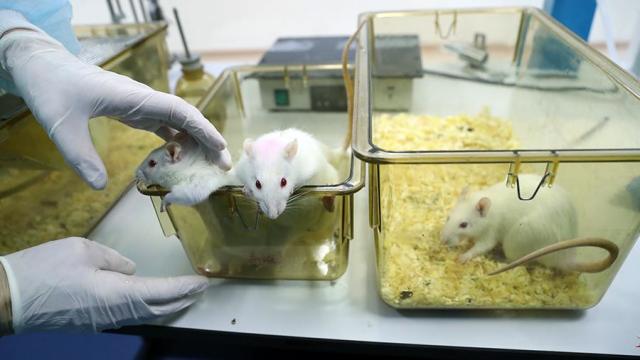Russian scientists from 3D Bioprinting Solutions have started an experiment to transplant bone tissue obtained in space to rats. This was announced on Thursday, June 3, by the managing partner of the company, Youssef Hesuani, to RIA Novosti.
According to him, in total, more than 50 animals are involved in the experiment, which the researchers divided into groups. Hesuani said that the first group has already been operated on, and they were transplanted with different materials.
As explained by the agency interlocutor, during the operation, a hole with a diameter of about 1.5 mm is made in the skull of each animal. Scientists chose this defect because it is one of the most difficult to heal. Then surgeons add various materials obtained in space or on Earth, such as octacalcium phosphates or tricalcium phosphates, to one group of rats in the hole. The other group of animals does not receive any materials at all.
"One of the most important goals of the experiment is to compare space and earth materials in order to understand how much we can use them in regenerative medicine," said Hesuani.
Control tests for bone restoration in rats will be carried out one, three and six months after the operation. According to Hesuani, it is important for researchers to make sure that the tissue has not only recovered, but also has not grown more than necessary, that is, the so-called bone callus has not formed.
The experiment was supposed to begin in April 2020, when materials printed on a 3D bioprinter on the ISS were delivered to Earth, but its implementation was prevented by the coronavirus pandemic.
On June 1, specialists of the Foundation for the Support of the Deafblind "So-unity" and the Laboratory "Sensor-Tech" told Izvestia about the first implant of domestic production for the brain, which will allow many blind people to regain their sight. According to the developers, the technology is suitable for people who have completely lost their sight (including those with missing eyes), but have visual experience and an intact brain.

